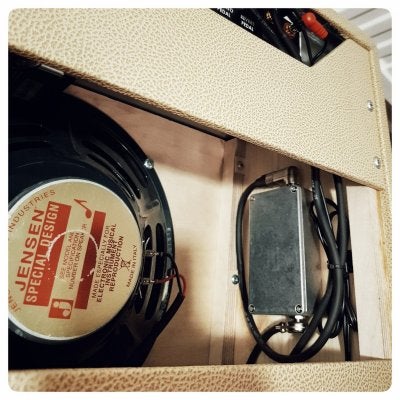I have tried everything between master volumes, traditional attenuators and different speakers and came to the conclusion that I need and want a very passive attenuator with my 8 Ohm speaker to cut somewhere between 4-5db.
With 4 Ohm and/or 8 Ohm resistor I can cut 3db or 6 db and still have the correct 8 Ohm reading (I have the same speaker in 8 and 16 Ohms), but what kind of resistor setup would give attenuation somewhere between 4-5db? That is the sweet spot. I have measured this multiple times with db meter and with an attenuator that I had.
I will not use any kind of switches or adjustments in the setup. Not even bypass.
Thanks in advance!
PS: I do not want an adjustable attenuator...
With 4 Ohm and/or 8 Ohm resistor I can cut 3db or 6 db and still have the correct 8 Ohm reading (I have the same speaker in 8 and 16 Ohms), but what kind of resistor setup would give attenuation somewhere between 4-5db? That is the sweet spot. I have measured this multiple times with db meter and with an attenuator that I had.
I will not use any kind of switches or adjustments in the setup. Not even bypass.
Thanks in advance!
PS: I do not want an adjustable attenuator...


